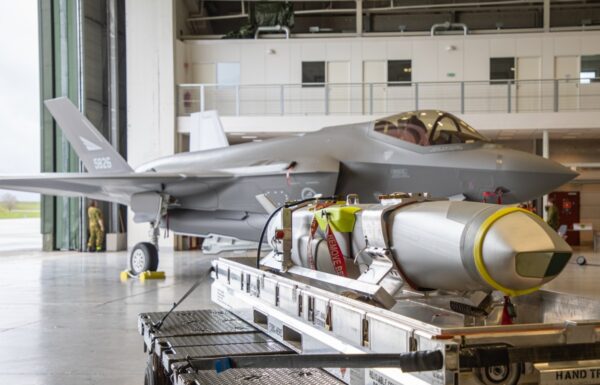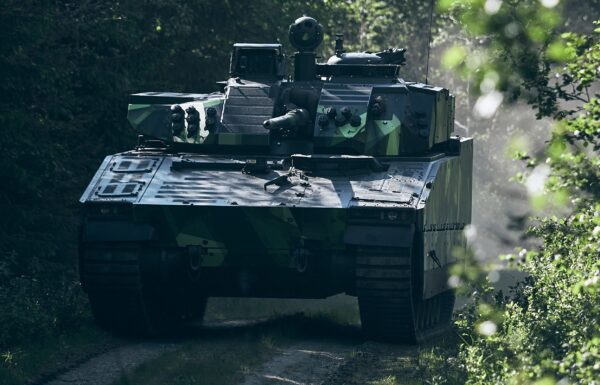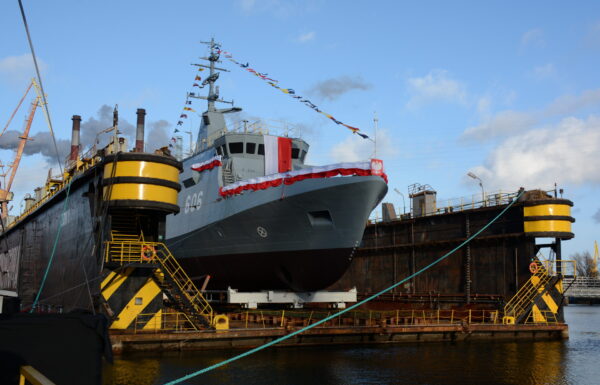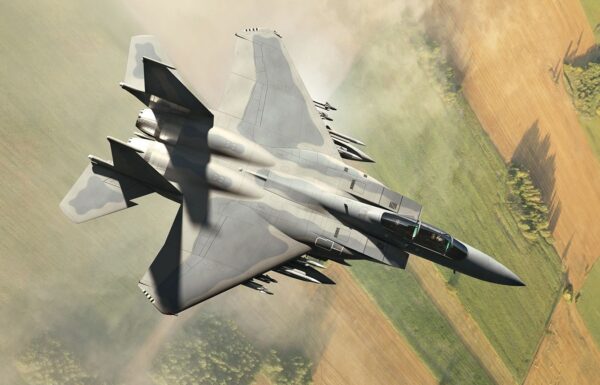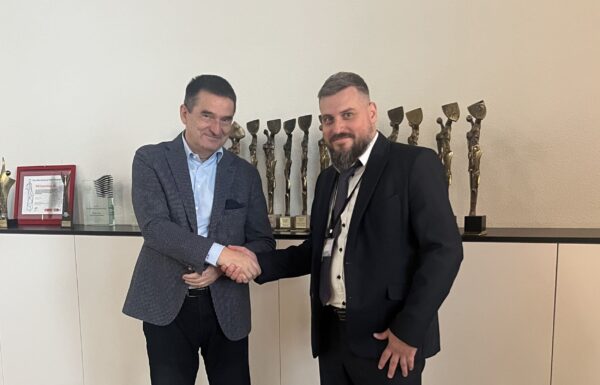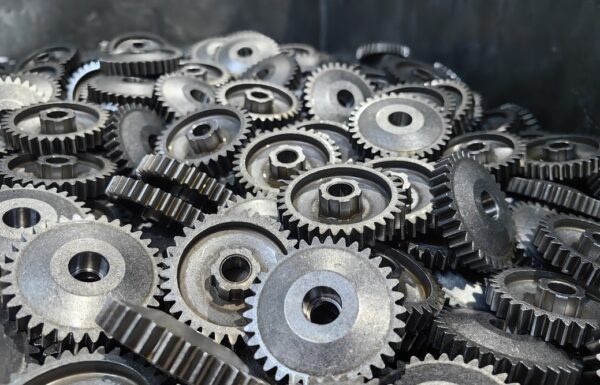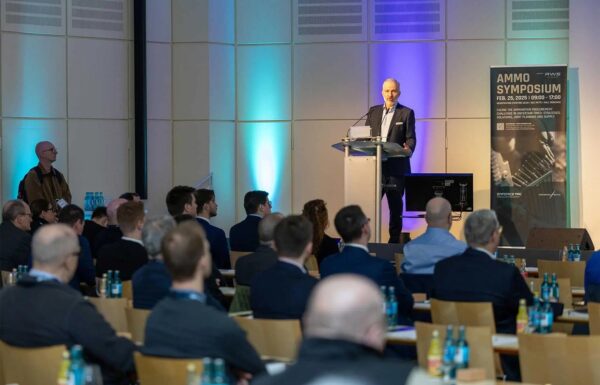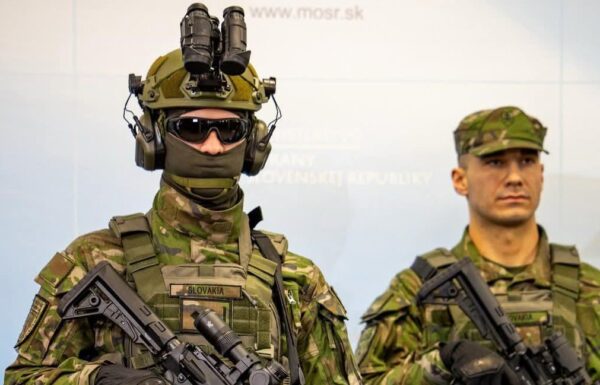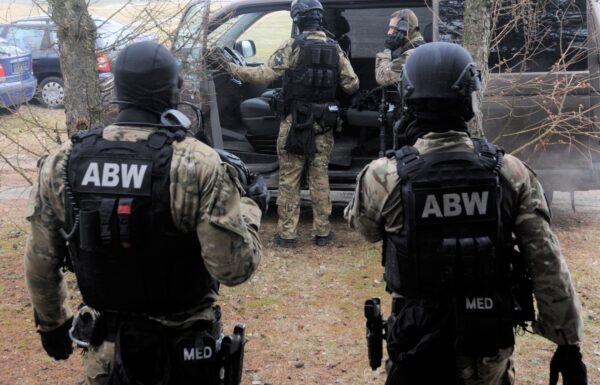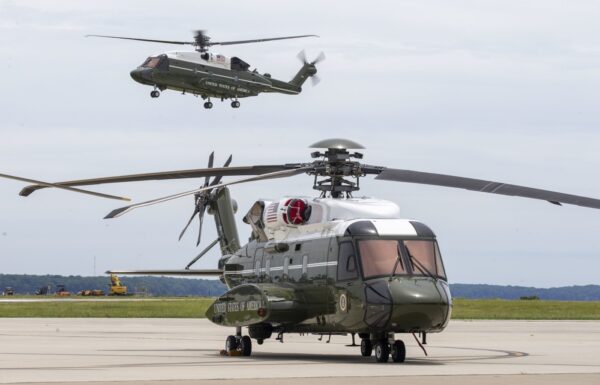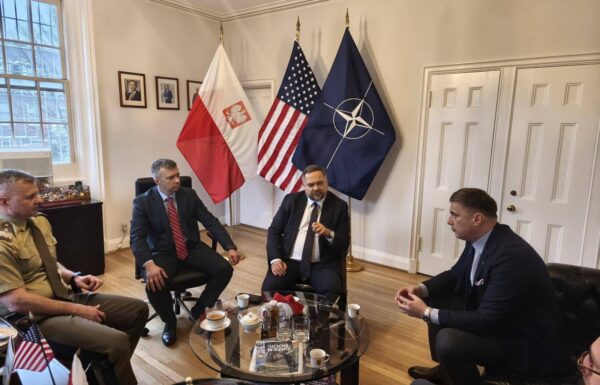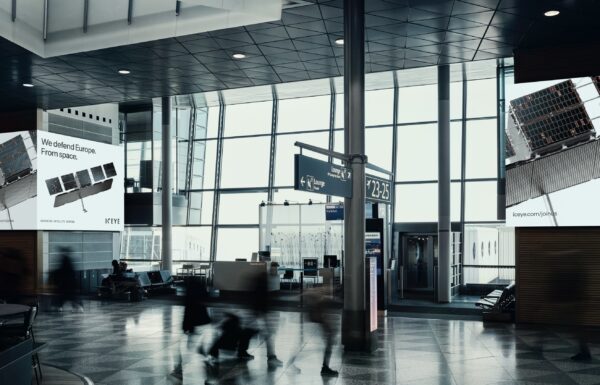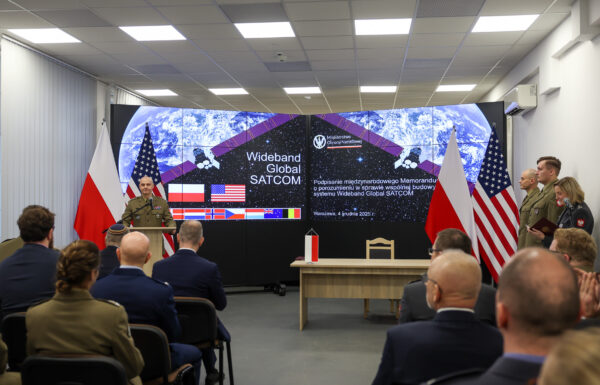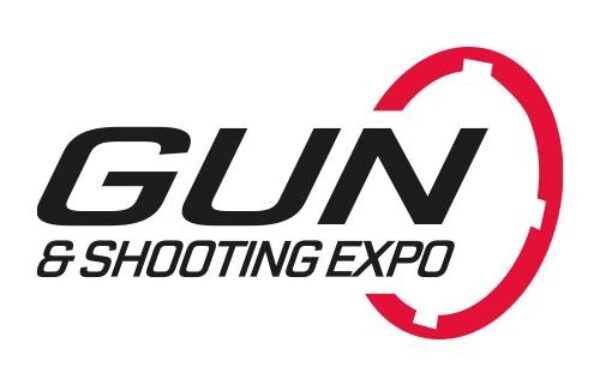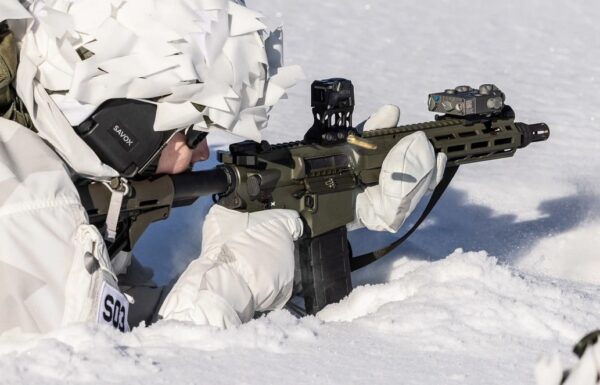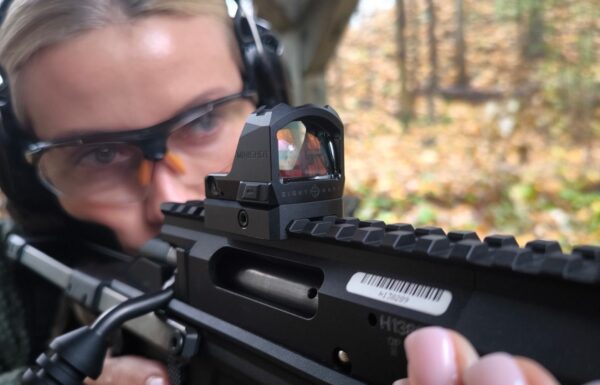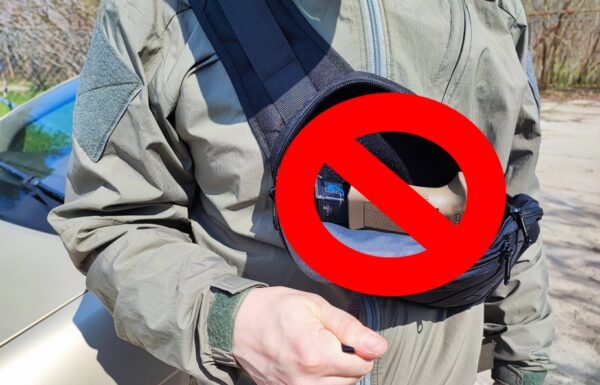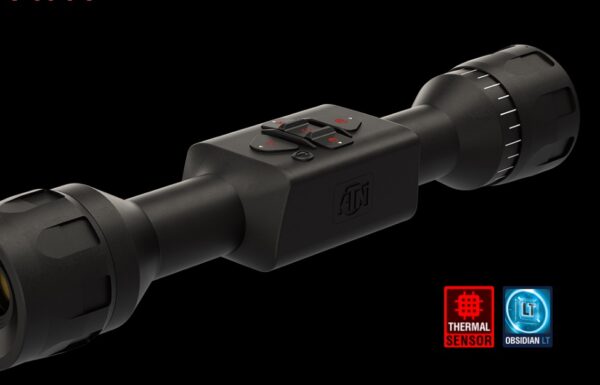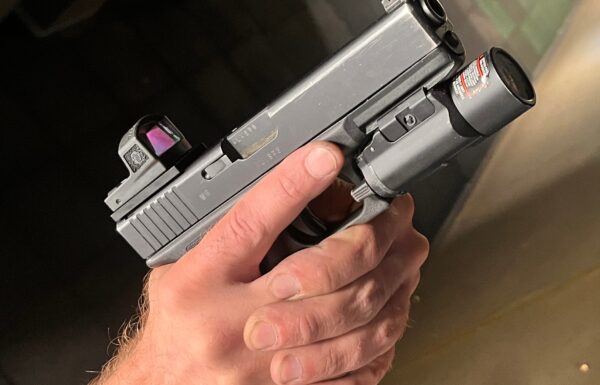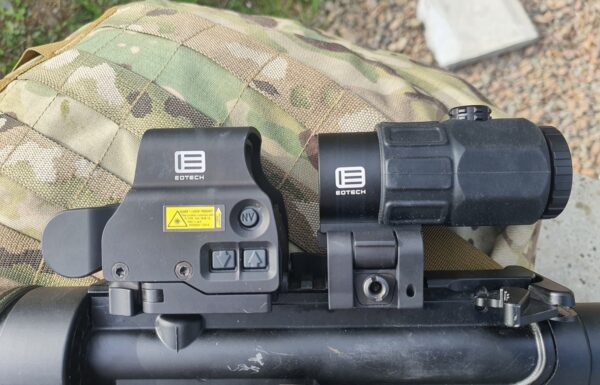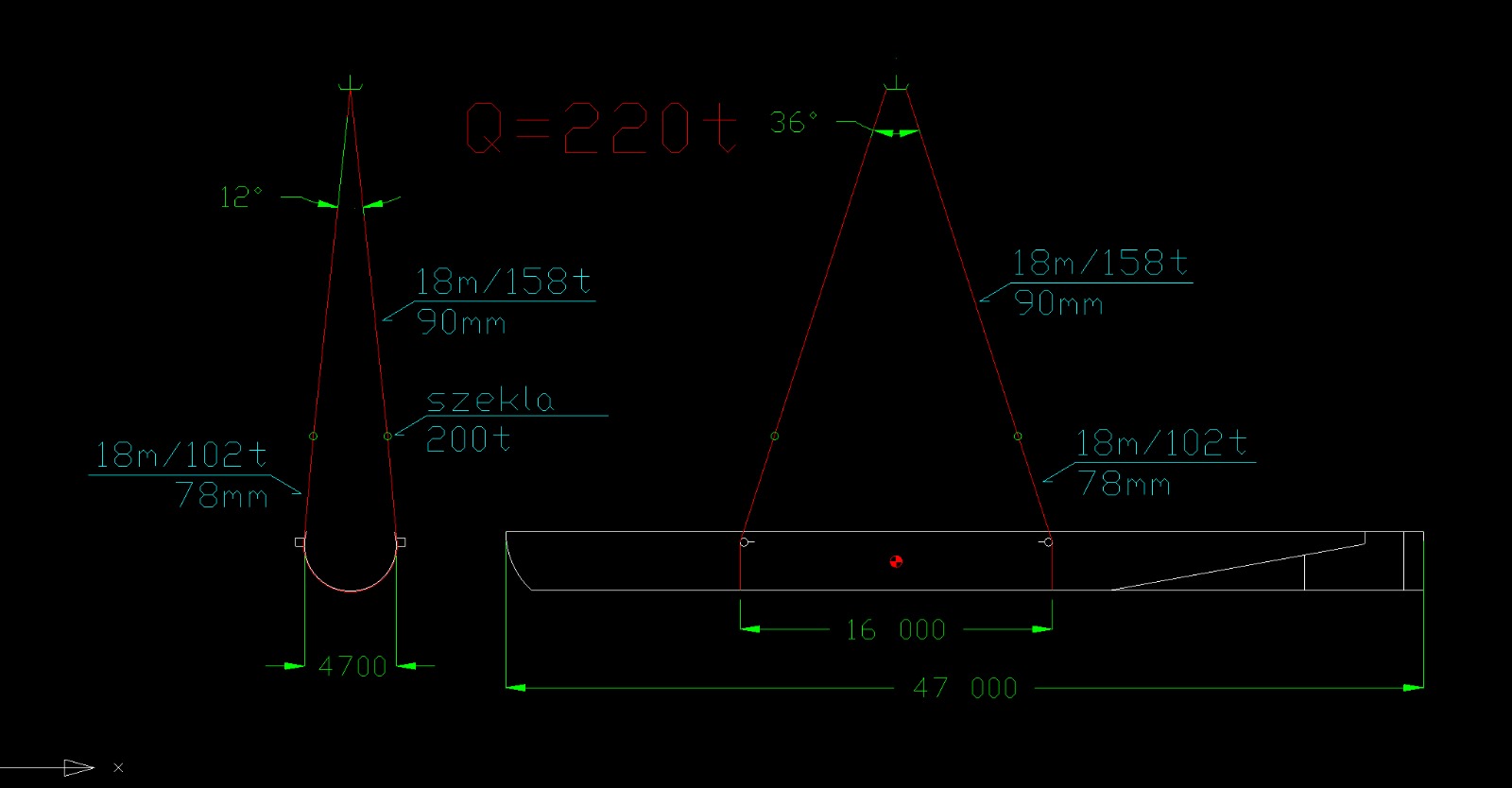On Wednesday, August 14, 2024, the Albatros company from Gdańsk released a video of the salvage operation of the ex-submarine ORP Kondor. The entire operation was planned and carried out by the company owner, ocean engineering specialist Przemysław Ulatowski.
The Kondor (formerly Kunna S 319), which bore the tactical number 297, was decommissioned from service in the Polish Navy on December 20, 2017, and handed over to the Military Property Agency. In October 2022, it was purchased by a private individual.
On May 14, 2023, the vessel was towed from the Naval Port in Gdynia to Gdańsk-Przeróbka. On February 9, 2024, it was moved to Ostrów Island, to the quay on the Martwa Wisła River. Then, in June of this year, it was reported that scrapping had begun—the conning tower and part of the hull were removed. Subsequently, it was towed a few hundred meters further from Ostrów Island, near the Kaszubski Canal. Now, what remains has been pulled out of the water. The owner will dismantle all the equipment, which may be donated to museums or private individuals.
- Engineering calculations and measurements, as well as operation coordination: Przemysław Ulatowski;
- Final weight of the lifted vessel: 240 tons;
- Crane used in the operation: Maja (Gdynia);
- Diving team: Anchor Diving (Gdynia).
Phases of the operation
Phase I: Planning
As with all operations of this type, the first step is planning. It begins with measuring the vessel, estimating its weight, and calculating its buoyancy. Next comes the meticulous calculations needed to determine the center of gravity of the vessel. Then, the appropriate lifting method and attachments must be selected, grips planned, and the entire process outlined step by step, detailing what will happen and when as the vessel is lifted from the water and lowered into its designated place. Even the preparation of the site needs to be planned, with calculations made and a schematic drawn to determine how the support points should be arranged.
Phase II: Preparations
Preparing the appropriate straps and welding blocks onto the vessel to keep the straps in designated positions, and planning the placement of the vessel with consideration for distributing the pressure on the quay. At this stage, diving work also begins to install the straps around the hull underwater and prepare their ends for attachment when the crane arrives.
Phase III: Lifting
The crane Maja arrives and moors at the designated spot. The entire procedure is coordinated via radio. The lifting plan specifies all technical details, and radio communications provide instructions on when, what, where, who, and at which moment. Coordination is key to the smooth execution of the operation, as is the professional and efficient work of everyone on the floating crane. Positioning the vessel in the correct spot and attaching the ropes to the pre-prepared loops are followed by lifting the vessel, waiting for the accumulated water to drain and relieve some of the weight on the hook, moving it, and lowering it in the proper sequence onto the quay.
Lifting Plan:
As President of the Albatros, Przemysław Ulatowski told MILMAG:
“The most challenging part of the operation was the uncertainty related to the fact that the submarine had been modified several times before being decommissioned, and then, due to the dismantling work—such as the removal of engines and equipment, and the cutting of the hull—it was very difficult to accurately estimate the exact weight and center of gravity (…) The operation required the involvement of many people physically, to pull very heavy ropes, because with such loads and the large dimensions of the object, there is no other way than collective human effort (…) The ropes, slings, and shackles alone weighed hundreds of kilograms (…) A coordinated and eager team is very important to tackle this difficult task so that the operation does not drag on over time. This time is very expensive due to the costs of the floating crane.“


